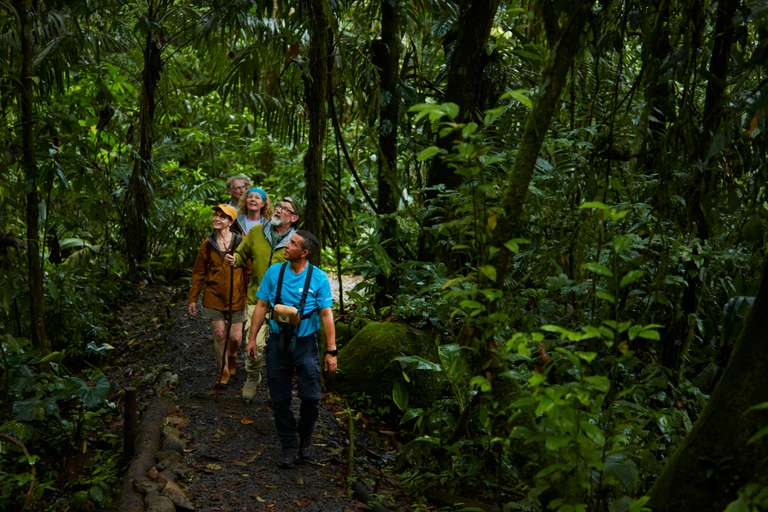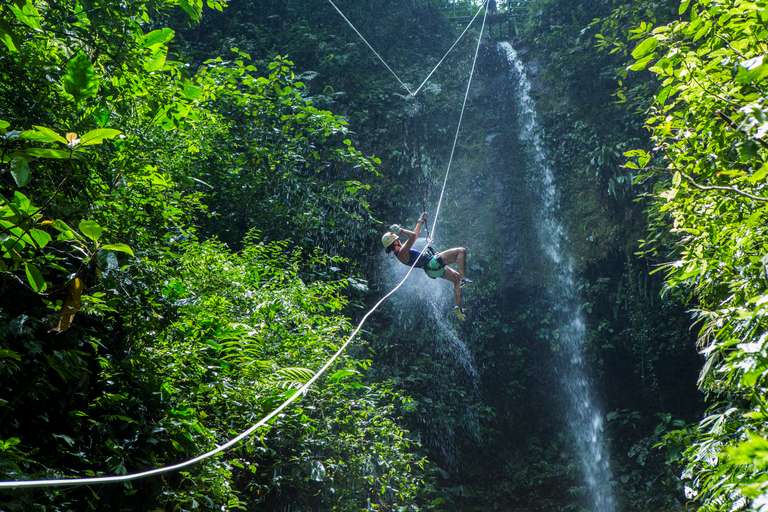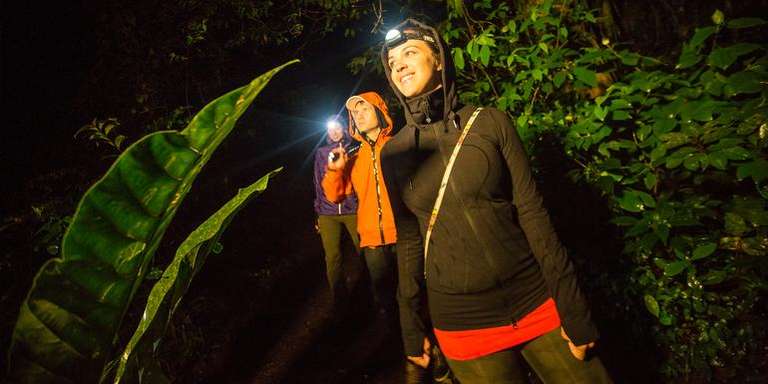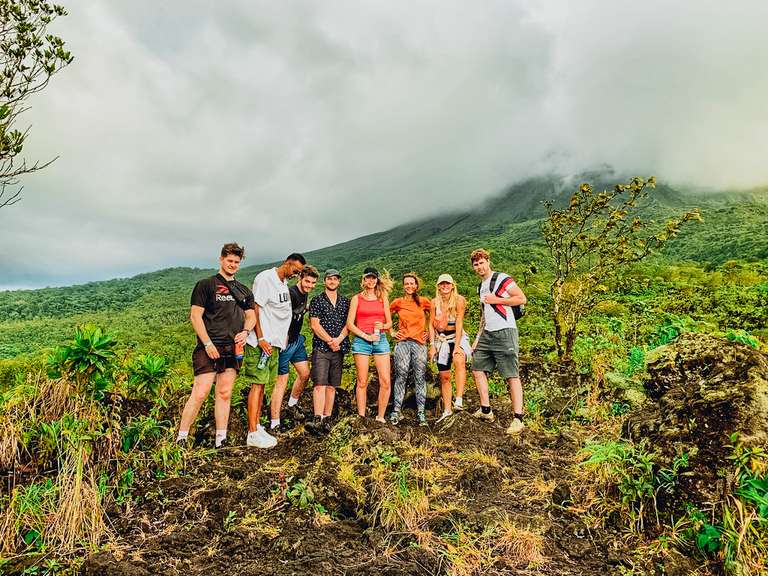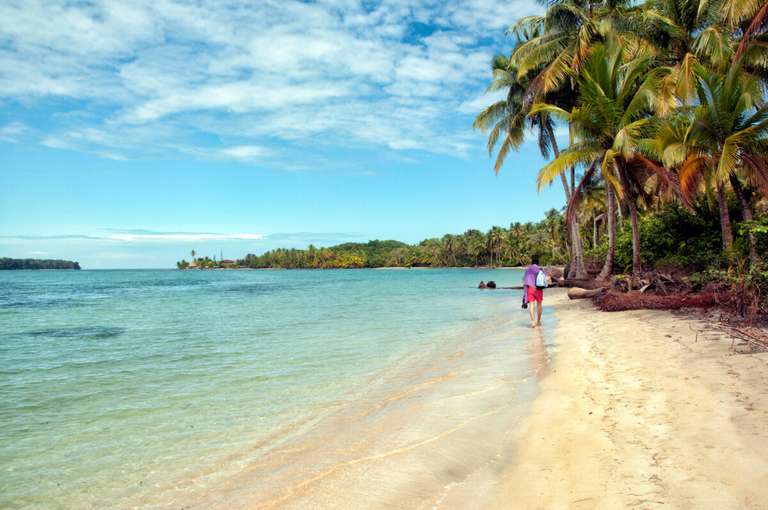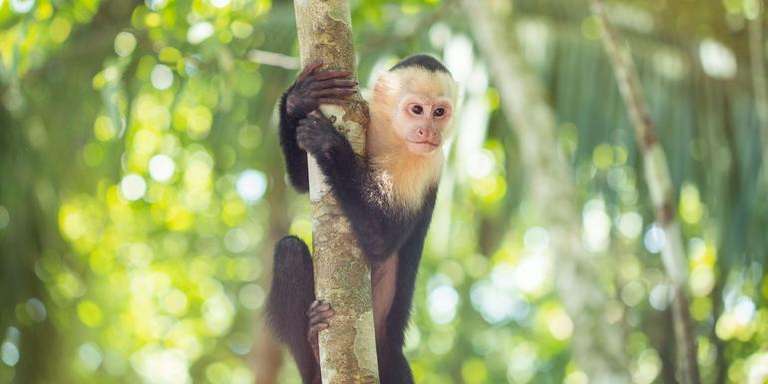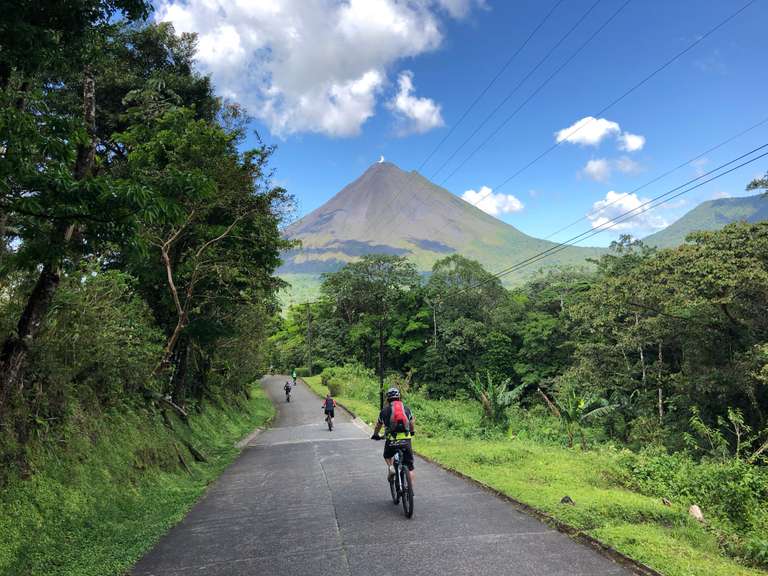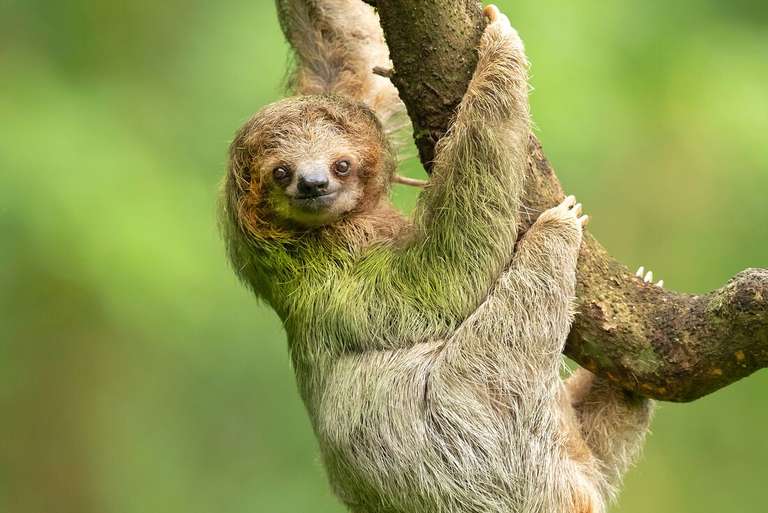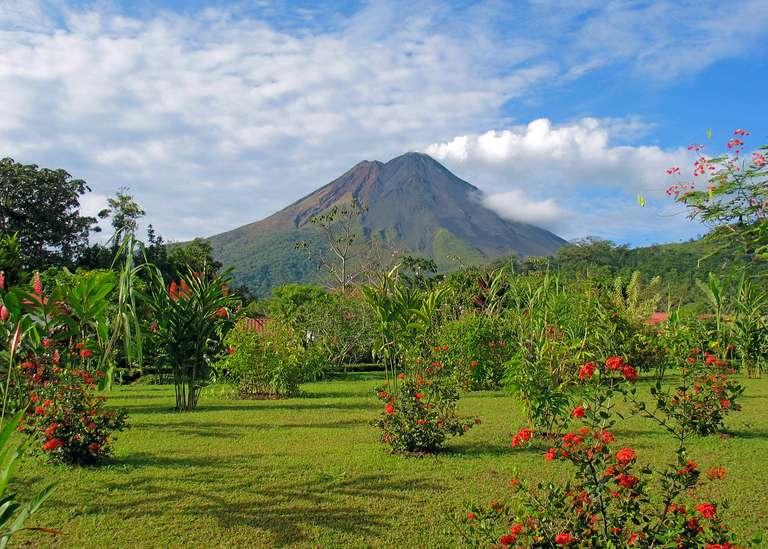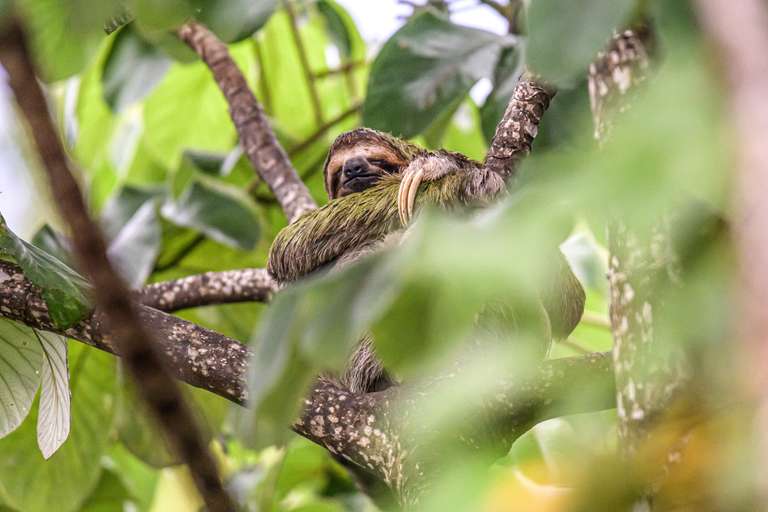Corcovado National Park: Facts, Activities & Travel Tips

- Mia Sherwood Scully
- From Ireland
- Mia Sherwood Scully
- From Ireland
- Sophie McCulloch
- From Scotland
- Claire Simpson
- From United Kingdom
Corcovado National Park facts
| Size: | At 424 sq. km. Corcovado National Park is the largest park in Costa Rica. |
| Permits: | Permits must be reserved in advance and are not issued more than one month in advance. Visitors must be accompanied by a certified Corcovado National Park guide. Corcovado National Park tours can be organized through a myriad of companies. |
| Best time to visit: | The best time to visit Corcovado National Park is during dry season, which runs from January through April. Check out the best time to visit Costa Rica for more details. |
| Common animal sightings: | Jaguars, sea turtles, anteaters, butterflies (more than 220 species), scarlet macaw, sloths, crocodiles, snakes (including the Fer-de-lance, bushmaster, and non-venomous boa constrictor), poison-arrow frogs, monkeys, tapirs, and many more! |
Highlights
- The park is a paradise for hikers with long and short-distance trails winding throughout the jungles and beaches.
- Corcovado Beach is comprised of 37 km of pristine beach, which is the breeding ground for four species of sea turtles.
- Marvel at the wonder of the La Llorona Waterfall, which plummets 100ft (30m) into the sandy shore along Corcovado beach between Sirena and San Pedrillo.
- Encounter some of Costa Rica’s most famous critters, including sea turtles, jaguars, monkeys, tapirs, sloths, and more!
Lowlights
- Swimming on the shores is not recommended as hammerhead sharks, crocodiles and bull sharks are common in Corcovado Lagoon (although no attacks have ever been reported).
- Several species of venomous frogs and snakes can be found in the park, including the dreaded bushmaster and fer-de-lance. It is unlikely you will see one during the day, but take caution when reaching into areas you don’t have a clear view of.
- The weather is hot and humid most of the year, and dehydration and heat exhaustion are a real danger. Hiking routes along the beach offer little shade and shelter from the hot sun. It is advised you bring no less than 1.5 liters of water with you on your hiking expedition.
- Visiting Corcovado National Park can be a challenge as there are no roads into the park. Visitors must arrive by air, boat, on horseback, or on foot.
Activities in the park
Hiking

Corcovado National Park is a paradise for hiking tours. Crisscrossing through the forest and right along the shoreline, Corcovado National Park is home to some of Costa Rica’s most stunning hiking trails. With routes ranging in length from 3.5 to 29 km, Corcovado National Park is an ideal destination for hikers that should not be missed on a Costa Rica trip.
Although some of the routes may be short, they are not for the faint of heart. A reasonable fitness level, good planning, and caution are necessary for each and every trek. Some routes require fording rivers, which can only be done at low tide, so it’s best to check in at the ranger station before embarking on your adventure.
Keep your eyes peeled as you wander through this bustling ecosystem, as this is the best way to sport the exotic animals that call Corcovado Park home.
Kayaking

Get a completely different view of the park by exploring its coast by sea kayak. Cruise alongside massive cliffs topped with lush rainforest, navigate sea channels and explore inlets and caves, all while experiencing the park is a true one-of-a-kind way.
Enjoy spotting all kinds of wildlife, including dolphins, pelicans, monkeys, and more, all from the comfort of your very own kayak.
Kayaking tours of the parks’ rivers can also be arranged with local guides. These tours provide visitors with a very unique view of the forest’s biodiversity and close encounters with the park’s river dwellers.
Bird and wildlife watching

Wildlife in Corcovado National Park reigns supreme and it is undoubtedly the best place to spot wildlife in Costa Rica. Home to more than 350 species of birds, 116 species of amphibians and reptiles, and 139 mammals, Corcovado National Park has it all. From tapirs to monkeys, sloths, and macaws, there is something for everyone!
Whether exploring the park on foot, or by kayak, be sure to pack your binoculars and keep an eye out, because you never know what you might see!
Good to know
- The park is open from 7:30 AM – 5:00 PM each day.
- Most animal sightings can be expected on the coastal track.
- Camping is permitted for a maximum of four days but is only possible at the ranger stations at the entrances and the central ranger station. You must bring your own gear. Backcountry camping is not permitted.
- Visitors wishing to spend the night in the park can book a bunk in the Sirena Ranger Station dorm.
- There is no food available for purchase in the park, however, meals are available at the central ranger station, but they must be arranged in advance.
- Potable drinking water and restrooms can be found only at the ranger stations. There are no facilities found on the hiking routes.
Corcovado National Park is a treasure, unlike any other. Within the park’s 424 sq. km live more than 1,000 species of plants, insects, and animals, many of which can be seen while exploring the park’s expansive system of trails. It is the perfect place to see all of Costa Rica’s wonders and exotic flora and fauna and is sure to be the highlight of any hiking or nature enthusiasts visit to Central America. So contact our travel local experts and start planning your custom trip to Costa Rica right away!
Also, check out our travel guides on how many days to spend, the best place to visit, the best time to visit, top things to do in Costa Rica.


